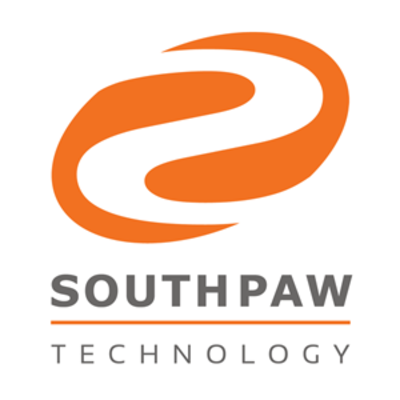
Business Process Management
Business Process Management (BPM)
All companies have workflows unique unto themselves. TACTIC offers the platform to design, create and deploy a data-driven workflow solution capable of improving any business process.
Whether it’s automating the creative order entry system and tying it to time tracking and invoicing, designing a better way to keep customers informed of a project’s status, or simply sharing files between disparate locations, using TACTIC for BPM is the answer.
Business Process Management is a discipline that applies ongoing emphasis and consideration on how to better manage an organization's processes. Process discovery, process mapping and modeling, analytics, key performance indicators (KPI), and collaboration make strategy and decision making much more efficient. BPM is recognized as a crucial component to any business because understanding implications of how work process is performed within an organization ultimately affects the bottom line.
Business process mapping is a tool that used to visually identify problems with processes. Typical reasons for creating workflow process maps are:
Process maps break down the complexity of processes and thus improve the understanding of process streams and flows. This enables the management of a company to define steps for process improvement.
Process mapping skills combined with analytical skills help facilitate communication among team members as the processes in question become more transparent.
Process maps can be used to identify efficiency issues. They also help find out how systems can support a process in such way that an increase in productivity can be achieved.
Process automation can be strategically added to increase productivity.
Workflow is business process mapping laid out as a diagram of interrelated processes defining the flow of information to achieve a specific goal. TACTIC uses workflows as a template to drive the Workflow engine to enforce predefined process maps on an actual organization doing real work. Workflows are the set of steps required to complete a particular deliverable. Workflows assigned to deliverables act as guide which the Workflow engine uses to push through the processes. Manual processes create tasks which are assigned to people to do manual work. Approval processes define stages where an authority must approve the work completed before the branch for work processes can proceed.
TACTIC Workflow Editor
Once a process map is defined into a workflow and is in full productive use, key automated processes (which define the automatic tasks that are to be executed upon triggered events) can be added. This can be done after the initial process map has already be put into production. TACTIC takes an iterative view of building a workflow. Workflows can (and do) change over the course of production so as a result it is necessary that the workflows can be refined over time.
The built-in TACTIC Workflow Editor is used to visually create these workflows and interactively connect tasks with automated processes, key approvals and conditional requirements. This combination defines the way companies work. The TACTIC Workflow Editor allows for constant workflow refinement based on a company’s evolving needs. The objective to provide a relevant overview of business processes.
The TACTIC Workflow editor allows you to configure all required settings for a complete Workflow, including actions, triggers and notifications. There are multiple different types of nodes with different shapes to help you build and try out different workflow scenarios: manual, action, condition, approval, and hierarchy nodes. Each of the different nodes can enhance the effectiveness of the Workflow and be used to fit the environment and behaviors of specific workflows.
TACTIC Workflow Editor
Triggers are actions that occur when an event occurs within the Workflow Engine. These actions can do anything which is scriptable. This makes possible an infinite array of workflow automation enhancements that are customized to any needs an organization may have. Notifications are a specific type of trigger which serves to notify others that a particular event has occurred. Event specific triggers notify the people who need to know when the action happens. Default message are usually adequate for notification, however customized messages can be created to serve particular needs.
There are numerous events which a trigger or notification can listen to. Some examples of common Event - Action relationships:
Changing a Task status to Complete causes the next Task’s status to change to In Progress
In the case of a Design Task followed by a Review Task: changing the Design Task’s status to Complete changes the Review Task’s status to Need Review
Changing a Review Task’s status to Rejected changes the previous Task’s status to Revise
Assigning a Task to a user sends a notification to that user
Adding a note to a Task sends a notification to a user group
Building on top of user-created Workflows, this trigger system allows users to make use of powerful automation to make projects run smoother.
The TACTIC Workflow Editor enables organizations to design workflow processes providing an interactive tool that can define, improve and test business processes prior to implementation. This ultimately translates into effective business process mapping.
The business process mapping software components of TACTIC adds meaningful value throughout an organization by introducing new workflow designs faster and allows for seamless addition of automated process and conditional controls at any point moving forward. Effective business process mapping is itself a process; the ability to constantly refine the workflow even in mid production is a key element to long term success.
A process map helps clarify specific roles and contributions of process participants and identify process improvement potential. It does this by providing an overall view of the entire business structure, a process map can be understood as a framework for multiple management approaches and it allows a process for clear and comprehensible reengineering. In this way, business process mapping through workflow becomes not only an effective, but essential tool in today’s competitive market.



